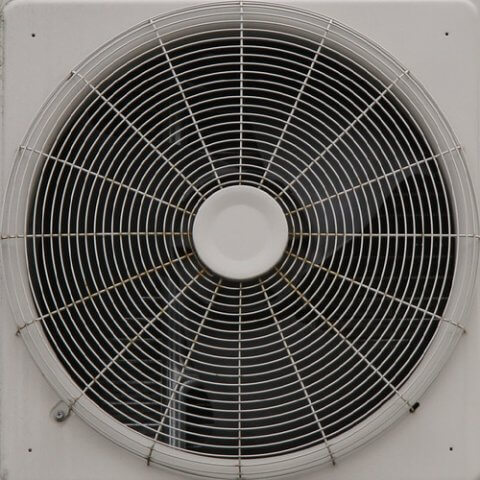Changing out your HVAC filter is one of the simplest tasks that should be done regularly, but seems to be the most neglected. In nearly every service or repair visit, one of the first things an HVAC technician will check is the air filter to see if it’s dirty or damaged. This is because many of the larger problems occurring in the air condenser, air handler, furnace, or heat pump, could have been avoided by regularly changing out the air filter.
Air Flow

An HVAC system works on the principle of airflow. The unit is designed to take in air from the home, heat, or cool it and circulate it back out. A dirty air filter, or one with a very high Minimum-Efficiency Reporting Value or (MERV) rating, can actually restrict airflow considerably and cause your unit to work harder, but produce less than a desirable result. Check your filter if you notice poor performance to make sure it’s clean and not too thick for your unit’s capabilities. You’ll not only feel the difference in your home environment but in your bank account when that next electric bill arrives.
Component Protection
The air filter serves as a roadblock for pollutants, preventing them from collecting insensitive components where they could cause damage. A damaged air filter may not stop larger particles of debris from clogging up ventilation ducts or getting stuck in the condensate coils and drain tube. A dirty air filter can be just as detrimental, causing the condenser motor to overwork and prematurely break down. Loud noises and odd smells may become more apparent as parts begin to fail, leaving no alternative but to call an HVAC technician to repair the damage or even replace the system entirely.
Clean Air
Filters with a high MERV rating, such as HEPA, are designed to remove a majority of microbes that can cause allergic reactions or even severe illness. Neglecting to change the air filter can cause it to become a breeding ground for bacteria and some viruses. Mold spores caught in the fibers could grow and over time, recycle back into the air. It is recommended that the air filter be replaced at least once every three months to ensure that these toxins aren’t reintroduced back into the home.
Depending on what kind of system you are using, you may need to clean or replace multiple filters. The most commonly used systems in residential areas are split systems which consist of a furnace and an air condenser or heat pump. There is at least one filter, usually a disposable frame made of cardboard with fiberglass and mesh, located near the furnace. If your system includes the ductwork, there could be other filters located in the registers as well. With a mini-split or ductless system, the filters are located inside the wall mount and are washable and/or reusable. If you are unable to locate your filter, you can also call the manufacturer for more information.

